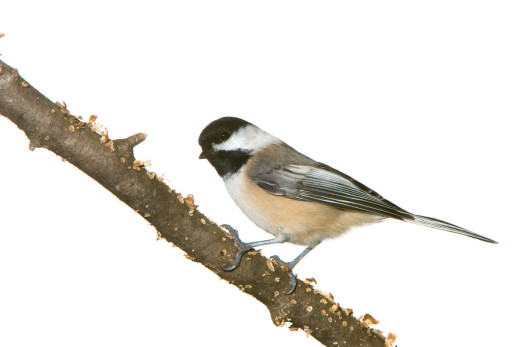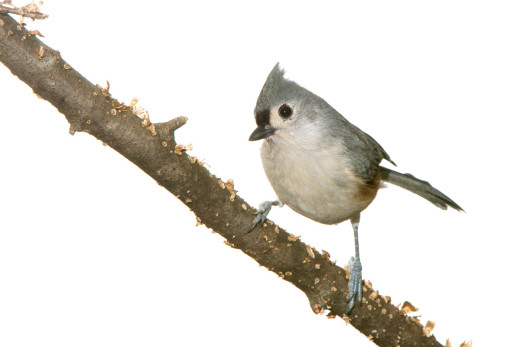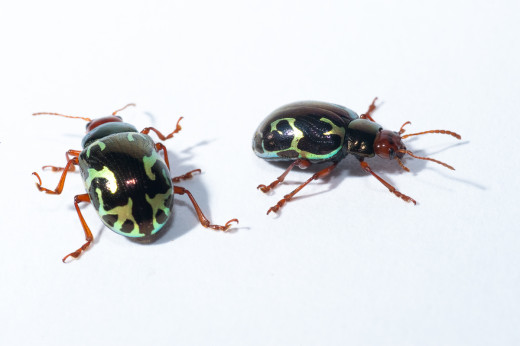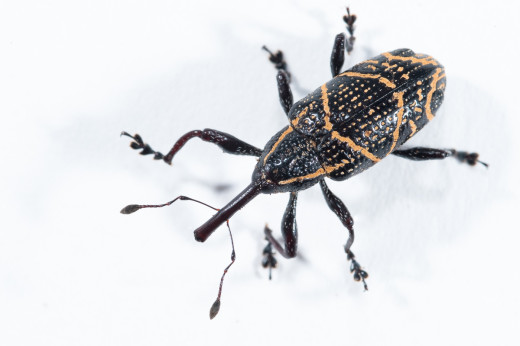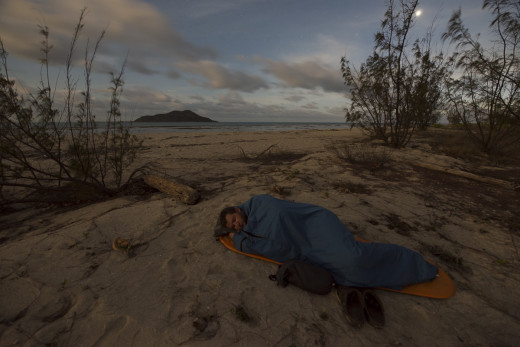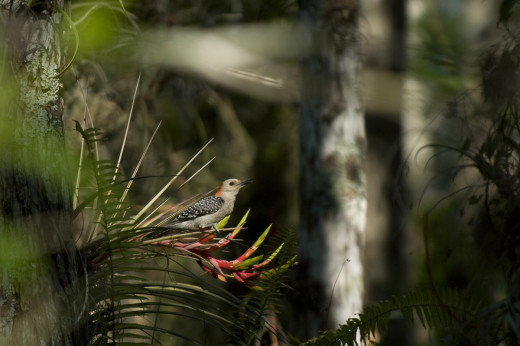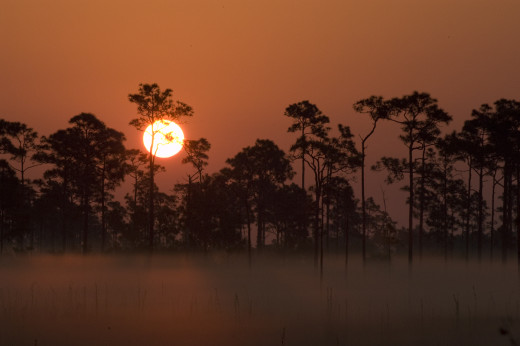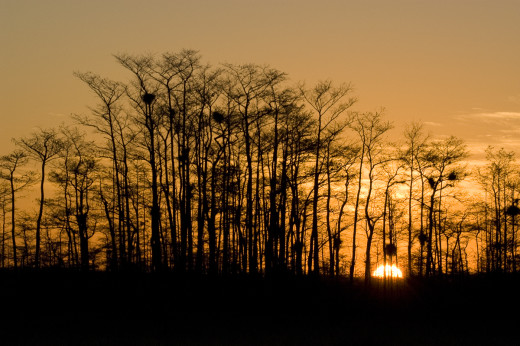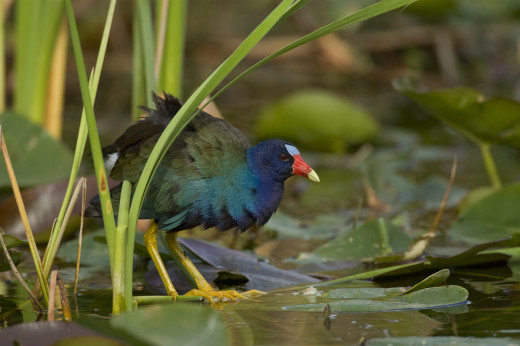Earlier this week set out to run some tests on my planned setup for photographing birds that are coming in to a feeder or any other predictable perch for my Daily Species in the Meet Your Neighbours style. Since my main bird feeder had broken earlier this year and I hadn’t replaced it, I decided to head over to a friend’s to use her setup. Fortunately, she had a plethora of birds coming in and the Black-capped Chickadees were super friendly and didn’t care if I was standing a few feet from the feeder setup.
Basically, my plan for this setup is to have a rather large white diffuser as my background, lit with a single flash. For my front light, I have a single flash that I had planned to modify with a diffuser or umbrella but ended up shooting bare for this setup. I had a third light stand setup with a clamp that held the perch just over the platform feeder that we moved down to the bench on the side of the deck. This meant that many birds would come and land on my perch before continuing down to the feeder. Simple, but effective.
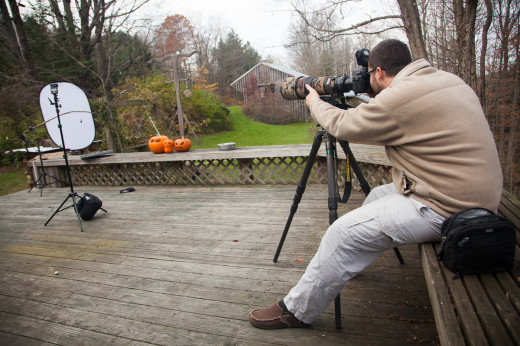
Here I am setup on my friend’s deck trying out the setup which worked pretty well for a first try. Photograph courtesy of Melissa Groo – http://melissagroo.com
Mostly, it worked. I ran into a few problems that I will correct for future setups. First, I left the holder for my big background diffuser on my office floor. That would have made life a lot easier and I won’t make that mistake again. Second, I was using Nikon’s Creative Lighting System (CLS) to control my flashes manually using a SU-800 controller. This means I can control the power of the flash from my camera and not have to walk over and disturb the birds when I want to change the power of the flash. The problem with this system is that it communicates with the flashes via infrared light which means line of sight is imperative. The flash that was hiding behind the big background diffuser was not firing, so I had to put it just off to the side which meant it lit the diffuser unevenly. At this point, I am planning on investing in a set of Pocketwizard FlexTT5s so I can still control my flashes from the camera and since the Pocketwizards operate on radio triggers, I won’t have to operate on line of sight. I may also add a second flash to my background diffuser so I can light it more evenly across the entire 40″ x 60″ diffuser. This wasn’t crucial for this setup but for future setups where I will need to use the entire diffuser as a background, it will be very important.
Overall it was a great first start and gave me a few things to improve on and most importantly, it helped me nail down exactly what I need to do for a setup like this.
